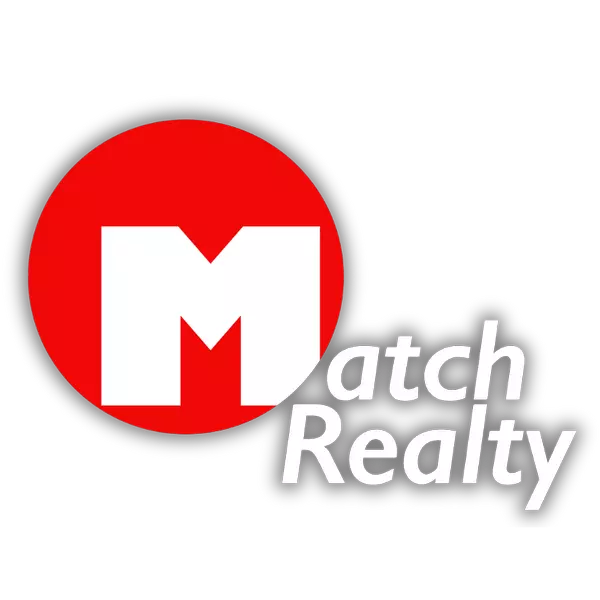neighborhoods, the region is positioning itself for long-term growth. For homeowners, renters, and investors, this revitalization opens the door to new opportunities in both city and suburban markets
Metro Detroit has been experiencing a wave of revitalization that’s reshaping its neighborhoods, skyline, and local economy. Once defined by industrial decline and population loss, the region is now embracing a new era of growth and redevelopment. From major infrastructure improvements to neighborhood-level investments, these projects are bringing fresh energy to the city and its suburbs. Let’s take a closer look at some of the most exciting redevelopment efforts shaping Metro Detroit today.
Downtown Detroit’s Transformation
Downtown Detroit continues to be a hub of redevelopment activity. New high-rise projects, including the Hudson’s Site development, are reimagining the city’s skyline with modern office, retail, and residential spaces. In addition, historic buildings like the Book Tower have been restored, blending Detroit’s architectural heritage with new business and housing opportunities. These efforts are attracting both local entrepreneurs and national investors, making downtown one of the most dynamic urban cores in the Midwest.
Neighborhood Revivals
While downtown gets much of the attention, Detroit’s neighborhoods are also experiencing meaningful change. Areas like Corktown, Brush Park, and the North End are seeing significant investments in housing, retail, and public spaces. The Michigan Central redevelopment in Corktown, spearheaded by Ford Motor Company, is not only revitalizing an iconic landmark but also creating a tech and mobility hub that will bring jobs and innovation to the city. Meanwhile, mixed-use developments in Brush Park and affordable housing initiatives in the North End are fostering more inclusive growth.
Suburban Redevelopment
Revitalization isn’t limited to the city limits. Metro Detroit suburbs such as Ferndale, Hazel Park, and Oak Park are investing in walkable downtown districts, new housing, and small business development. For instance, Ferndale’s downtown streetscape project has enhanced pedestrian access and created more vibrant community spaces. These efforts are making the suburbs more attractive to young professionals and families seeking a mix of affordability and urban convenience.
Infrastructure and Mobility Investments
A key component of Metro Detroit’s revitalization is infrastructure. Upgrades to roads, public transit, and greenways are improving connectivity and accessibility across the region. The Joe Louis Greenway, a 27.5-mile pathway that will connect neighborhoods across Detroit, is set to transform mobility and recreation for residents. At the same time, ongoing investments in highways and regional transit aim to support economic development and make the area more attractive to businesses and commuters alike.
Why It Matters
These redevelopment projects are more than just construction—they represent a renewed confidence in Metro Detroit’s future. By restoring historic landmarks, building modern infrastructure, and creating inclusive neighborhoods, the region is positioning itself for long-term growth. For homeowners, renters, and investors, this revitalization opens the door to new opportunities in both city and suburban markets.
✅ Pro Tip: Keep an eye on neighborhoods adjacent to major redevelopment sites. Property values in these areas often see steady growth as new businesses, residents, and infrastructure investments move in.
Categories
- All Blogs (335)
- Down Payment Assistance (1)
- Instagram (1)
- Match Realty Listings (6)
- Metro Detroit (104)
- Metro Detroit Condos (8)
- Metro Detroit Counties (2)
- METRO DETROIT REAL ESTATE GUIDE (113)
- METRO DETROIT REAL ESTATE STORY (66)
- Neighborhoods (12)
- NEWS (2)
- Real Estate Investing (6)
- Top 5 Detroit (1)
- TOP METRO DETROIT'S (26)
Recent Posts










GET MORE INFORMATION

